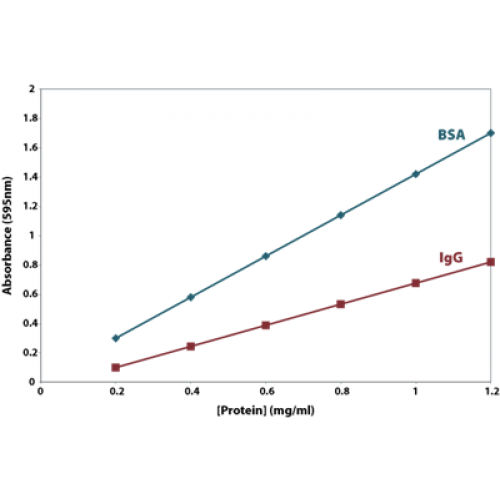Are the sinters of frits of your funnels and glassware blocked? Is the flow-through extremely slow or retarded?
Here's a simple method to clean those blocked sinters.
The first thing to note is that the method uses highly corrosive acids and generates a very strong oxidizing agent. For these reason make sure the following are strictly followed:
- Wear a closed lab coat
- Wear safety glasses of face shield
- Wear suitable gloves
- Perform in a fume hood with the sash closed
- Ensure all excess organic material is washed from the sinter before cleaning
So how do you clean the frit/ sinter? The "trick" is Piranha solution, also known as piranha etch. It is a mixture of sulfuric acid (H2SO4) and hydrogen peroxide (H2O2). This strong oxidizing solution will remove most organic matter and also make most surfaces highly hydrophilic by adding hydroxyl groups.
A Simple Method
-
In a fume hood attach Büchner sintered funnel to be cleaned to a vacuum flask, ensure that it is secure. Attach vacuum to flask.
NOTE: If you think acetone or another organic solvent is still present then wash with copious amounts of water.
-
Add 50ml sulfuric acid, or enough to cover the entire surface of the Büchner funnel sinter.
-
Carefully add 15ml 30% hydrogen peroxide, or 1/3 the volume of sulfuric acid used, to the Büchner funnel and stand back!
-
Let the reaction proceed for about a minute and then apply a quick vacuum (just enough to pull the solution through the sinter into the flask and the sinter is dry.)
-
Monitor the reaction. DO NOT LEAVE UNATTENDED. Once the reaction has subsided allow reaction mix to cool in the flask overnight.
-
Wash flask, sinter, funnel and all equipment used thoroughly in water. Sinter should now be clean with optimal flow conditions.
For disposal of the used Piranha solution:
- Do not leave unattended if still hot
- Allow to fully cool overnight as this allows all oxygen gas to dissipate
- Do not store in a closed container
- Do NOT dispose of in a waste solvent bottle
- Check with your institutes disposal regulations as some require collection as hazardous waste, others allow neutralization and disposal with copious volumes of water.






